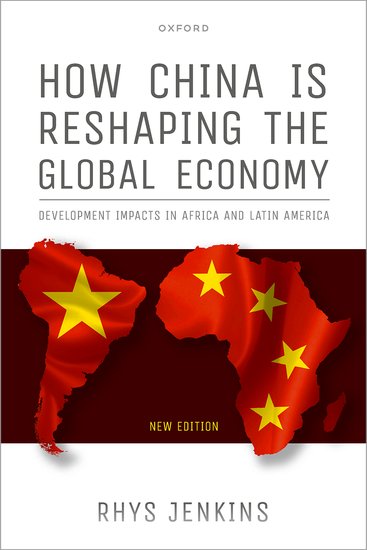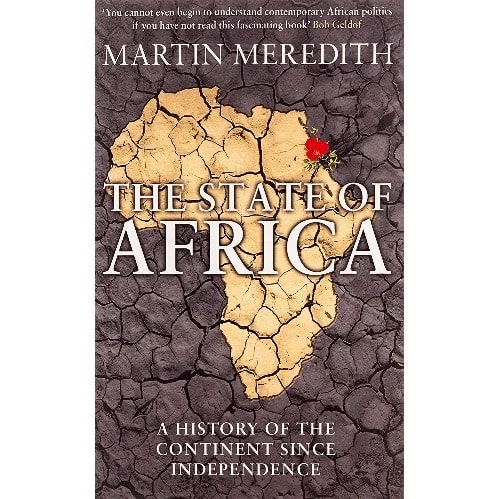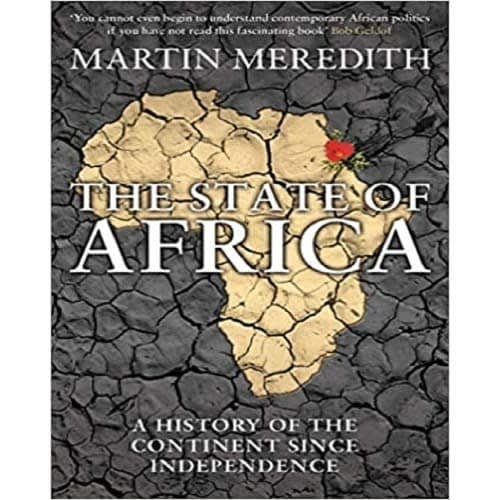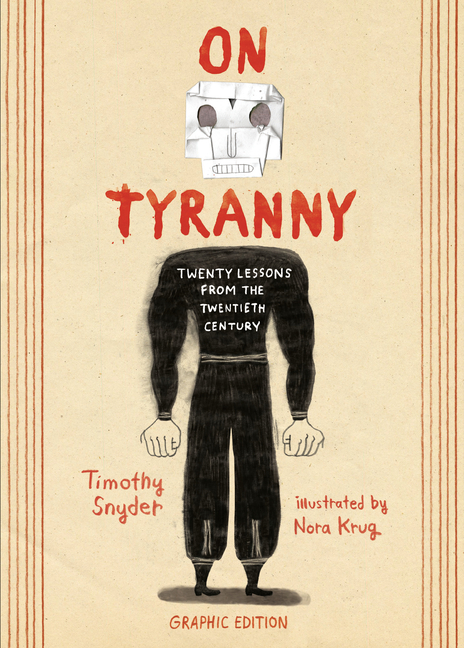Discover Pandipedia
Pandipedia is the world's first encyclopaedia of machine generated content approved by humans. You can contribute by simply searching and clicking/tapping on "Add To Pandipedia" in the answer you like. Learn More
Expand the world's knowledge as you search and help others. Go you!
Spies: The Epic Intelligence War Between East and West
Calder Walton’s exploration of the covert struggle between Russia and Western allies, emphasizing the current relevance of espionage in global conflicts.[1]
Decision Advantage: Intelligence in International Politics from the Spanish Armada to Cyberwar
Jennifer E. Sims argues that superior intelligence can lead to quicker and better decision-making in international affairs, making it crucial for understanding current geopolitical dynamics.[1]
Rise and Kill First: The Secret History of Israel’s Targeted Assassinations
Ronen Bergman’s account of Israel’s covert assassination operations, contextualizing Israel's ongoing conflicts with its neighbors in modern geopolitics.[1]
The Weaponisation of Everything
Mark Galeotti discusses how modern conflicts increasingly involve non-military means, providing insight into the evolving nature of warfare and security practices.[1]
Bloc by Bloc: How the Global Economy is Reshaping
This book examines the changes in globalization and how nations and organizations need to adapt to new regional power dynamics.[1]
The Shield of Achilles
Philip Bobbitt redefines the nature of the state and its capacity to protect citizens in the context of modern threats, relevant to understanding political changes like Brexit and the wars in Ukraine.[1]
Black Wave: Saudi Arabia, Iran, and the Rivalry That Unraveled the Middle East
Kim Ghattas’ detailed account of the historical and ongoing rivalry between Saudi Arabia and Iran affecting regional politics.[1]
Russia’s War Against Ukraine: The Whole Story
Dr. Mark Edele outlines the historical context and implications of the ongoing conflict between Russia and Ukraine.[1]
The Future of Geography
Tim Marshall explores the growing significance of space in geopolitics, framing it as a critical arena for future power struggles.[1]
Invisible China
Scott Rozelle and Natalie Hell analyze the rural developmental challenges in China, linking them to broader economic implications for global markets.[6]
Chip War: The Fight for the World’s Most Critical Technology
Chris Miller’s analysis of the semiconductor industry, highlighting its critical role in global technology and economic competition, especially between the US and China.[6]
The Clash of Civilizations and the Remaking of World Order
Samuel P. Huntington argues that future conflicts will predominantly be cultural and religious in nature, reshaping our understanding of international relations.[6][9]
The Great Delusion: Liberal Dreams and International Realities
John J. Mearsheimer challenges the liberal international order’s assumptions, arguing that efforts to spread democracy often lead to conflict.[6][9]
The Accidental Superpower
Peter Zeihan reveals how geography shapes global economic and political power dynamics, explaining the rise and fall of nations throughout history.[6][9]
The End of History and the Last Man
Francis Fukuyama discusses the evolution of political systems, claiming the end of ideological competition with the rise of liberal democracy.[6][9]
The New Asian Hemisphere
Kishore Mahbubani presents the rise of Asia as a central theme in global politics, challenging traditional Western dominance.[6][9]
The State of Africa
Meredith outlines post-colonial challenges and successes of African nations, necessary for understanding future political dynamics on the continent.[1]

Oceans Rise Empires Fall
Gerard Toal discusses how geopolitics affects climate change action, linking territorial disputes and resource competition with global warming.[8]
A Map of Future Ruins: On Borders and Belonging
Lauren Markham provides a narrative on the refugee crisis, linking personal stories to broader geopolitical narratives in Europe.[8]
The Road to Unfreedom
Timothy Snyder examines the resurgence of authoritarianism through the lens of Russian politics, providing critical insights into contemporary global trends.[7]
What Really Went Wrong
Fawaz A. Gerges critiques U.S. foreign policy and its ramifications in the Middle East, offering historical context for current conflicts.[9]
On Tyranny
Timothy Snyder’s urgent call to defend democracy through historical lessons about authoritarianism and civic responsibility.[7]
How Democracies Die
Steven Levitsky and Daniel Ziblatt analyze the gradual erosion of democratic norms, illustrating the growing threat of authoritarianism.[7]
The Last Testament
A gripping thriller that combines contemporary geopolitics with ancient mythology, exploring the intersections of beliefs and modern conflicts.[5]
Let's look at alternatives:
- Modify the query.
- Start a new thread.
- Remove sources (if manually added).
- Request a manual search from our human research team.
Let's look at alternatives:
- Modify the query.
- Start a new thread.
- Remove sources (if manually added).
- Request a manual search from our human research team.
Get more accurate answers with Super Search, upload files, personalised discovery feed, save searches and contribute to the PandiPedia.

Community plays a crucial role in multiplayer gaming by fostering social connections among players, as well as providing a sense of belonging. Online gaming transcends geographical barriers, allowing players to form strong social bonds through shared experiences, particularly in collaborative and competitive formats that require communication and teamwork[1][4]. Additionally, multiplayer environments create unique social dynamics where players can meet new friends, collaborate on challenges, and develop supportive relationships[3][4].
The social aspects of gaming are further emphasized during events like the COVID-19 pandemic, where many turned to games for social interaction and connection[1]. These virtual environments not only alleviate feelings of loneliness but also help players build essential soft skills such as empathy and cooperation[4].
Let's look at alternatives:
- Modify the query.
- Start a new thread.
- Remove sources (if manually added).
- Request a manual search from our human research team.

Impressions are a good metric of awareness, of causing awareness, and that's the measure that's used for display ads and social media ads.
KINSHUK JERATH, Ph.D.[1]
Clicks are sort of some kind of action, is a good metric for lower funnel, and that's how search ads are priced.
KINSHUK JERATH, Ph.D.[1]

We don't have better algorithms than anyone else. We just have more data.
Speaker or author name[2]
The standard in the industry for everybody else is, you know, you pay and you hope that you get some.
Speaker or author name[2]
Google reduced the information in the query report, limiting the visibility into specific queries. They describe it as a massive decrease.
MR. DAHLQUIST[4]
Let's look at alternatives:
- Modify the query.
- Start a new thread.
- Remove sources (if manually added).
- Request a manual search from our human research team.
Let's look at alternatives:
- Modify the query.
- Start a new thread.
- Remove sources (if manually added).
- Request a manual search from our human research team.

The ancient civilizations that showed great respect for dogs were both ancient Persia and ancient Egypt. In ancient Persia, dogs were believed to guard the bridge between the living and the dead, with their treatment impacting one's chances of attaining paradise; they received funerary rites comparable to humans and played a key role in mortuary rituals[1]. Similarly, in ancient Egypt, dogs were considered sacred and were often depicted in art and mythology. Anubis, the jackal-headed god, was revered as the guardian of the dead, and the Egyptians mummified dogs to accompany their owners in the afterlife, showcasing their significant reverence for dogs[2][3].
Let's look at alternatives:
- Modify the query.
- Start a new thread.
- Remove sources (if manually added).
- Request a manual search from our human research team.
Get more accurate answers with Super Search, upload files, personalised discovery feed, save searches and contribute to the PandiPedia.
Let's look at alternatives:
- Modify the query.
- Start a new thread.
- Remove sources (if manually added).
- Request a manual search from our human research team.

The judgments charged with the examination of the Trinity Corporation's claims were considerably embarrassed by the royal action
Unknown[1]
Even aman like Lord Grenville could enter in his diary the significant memorandum: 'To watch the moment when the king is in a good temper, to ask of him a lighthouse'
Unknown[1]

Many of the lights were shamefully deficient in power; others were allowed to fall into disuse, and yet the heavy tolls continued to be levied
Unknown[1]
The pay to light-keepers was very small, generally averaging 15 per annum; and as perquisite they had all the unburned portions of the candles
Unknown[1]
The Irish lighthouse service is now, however, quite adequately organized
Unknown[1]
Let's look at alternatives:
- Modify the query.
- Start a new thread.
- Remove sources (if manually added).
- Request a manual search from our human research team.

You should aim for at least 150 minutes of moderate-intensity aerobic exercise each week, which breaks down to about 30 minutes a day, five days a week. Alternatively, you can opt for 75 minutes of vigorous-intensity activity spread throughout the week or incorporate several shorter sessions of very vigorous activity. Additionally, it's recommended to include two days of strength training per week that target all major muscle groups[3][4][5].
If you're new to exercise, starting with fewer days might be more manageable, such as three full-body workouts per week, allowing adequate recovery time between sessions[6]. Ultimately, consistency is key to maintaining your fitness routine[4].
Let's look at alternatives:
- Modify the query.
- Start a new thread.
- Remove sources (if manually added).
- Request a manual search from our human research team.
Redefining Personal Computing

Steve Jobs was pivotal in moving personal computers from niche markets into mainstream use. Together with Steve Wozniak, Jobs co-founded Apple in 1977, releasing the Apple II, which became one of the first successful mass-produced personal computers. This innovation opened up computing to a broader audience and changed the way people interacted with technology[1][2][6]. The introduction of the Macintosh in 1984 further revolutionized personal computing by incorporating a graphical user interface (GUI) that was user-friendly and intuitive, making technology more accessible[1][7][10].
Transforming Digital Music

Jobs had a profound influence on the music industry with the introduction of the iPod in 2001, a sleek, user-friendly device for storing and accessing thousands of songs[2][3][5][7]. Paired with the iTunes Store, launched in 2003, it offered consumers a legal and simple means to download music. This fundamentally altered how music was consumed, shifting from physical media to digital files and spurring a growth in digital music sales[3][5][7][8].
Revolutionizing Mobile Phones

The introduction of the iPhone in 2007 marked a significant shift in mobile phone technology. It combined a phone, an iPod, and an internet communicator into one device, featuring a touchscreen interface and eliminating the need for physical buttons[1][2][7][8]. This innovation set new standards for smartphones, making them indispensable devices for communication, internet browsing, and multimedia consumption[2][5][10].
Innovating Portable Computing

Jobs also changed the landscape of portable computing with the launch of the iPad in 2010. This device bridged the gap between smartphones and laptops, offering a larger touchscreen interface that was ideal for both work and entertainment[1][2][3][5][8]. The iPad's success solidified Apple's role as a leader in creating user-friendly, versatile tech products that consumers love[5][10].
Pioneering Digital Animation
Beyond traditional tech products, Jobs significantly impacted the film industry through his visionary work with Pixar Animation Studios. After acquiring Pixar in 1986, he shifted the company’s focus from software development to full-fledged animated movie production[2][5][6]. The success of Pixar’s 1995 film 'Toy Story' was a major milestone, demonstrating the potential of computer-generated animation and setting new standards for the industry[1][2][6].
Leadership and Corporate Culture

Jobs' leadership style was a unique blend of vision, demand for excellence, and an insistence on simplicity. He believed in the synergy between technology and the humanities, emphasizing elegant design and user experience over raw technical specifications[1][3][4][5][6][10]. Jobs' approach to product development included meticulous attention to detail and a clear focus on simplicity, making complex technologies accessible and appealing to the masses[5][8][9][10].
Establishing Apple’s Ecosystem
One of Jobs' most strategic innovations was creating an integrated ecosystem of hardware, software, and services. This included the seamless integration of products like the iPod, iPhone, and iPad with software services such as the App Store and iCloud[3][5][8]. This ecosystem strategy not only enhanced user experience but also fostered brand loyalty, making Apple products more than just gadgets—they became essential parts of a consumer's digital life[1][5][8].
Store Retail Strategy
Jobs revolutionized retail with the introduction of Apple Stores, beginning in 2001. These stores were designed to offer consumers a hands-on experience with Apple products, allowing them to interact with and learn about the devices in a sophisticated environment[1][7]. This approach helped expand the Apple brand and created a loyal customer base that significantly contributed to the company’s success[3][7].
Philanthropy and Environmental Initiatives
Steve Jobs also made an impact through his philanthropic efforts and initiatives to make Apple products more environmentally friendly. He donated millions to hospitals and various charitable projects[2][6]. Under his leadership, Apple committed to using eco-conscious materials and aimed for all Apple products to meet energy efficiency standards. After his passing, Apple continued on this trajectory with plans to become carbon neutral by 2030[2].
Inspirational Leadership and Legacy
Ultimately, Jobs' underlying philosophy was to build an enduring company that prioritized people. He believed that technology was meaningless without faith in people's ability to use it to create wonderful things[4]. Jobs infused his vision of simplicity, innovation, and design into every aspect of Apple, leaving a legacy that continues to influence and inspire the tech industry globally[4][5][9][10]. His relentless drive for innovation and excellence has set benchmarks not only for Apple but for the entire tech industry.
In summary, Steve Jobs revolutionized the tech industry by making technology more accessible, user-friendly, and integrated into everyday life. His contributions extend beyond products to influential corporate strategies and an enduring legacy of innovation and leadership.
Let's look at alternatives:
- Modify the query.
- Start a new thread.
- Remove sources (if manually added).
- Request a manual search from our human research team.







































